Baalbek Archaeological Site
Overview
Temple of Bacchus
Temple of Jupiter
Temple of Venus
Characteristics and classifications
All Reviews (0)

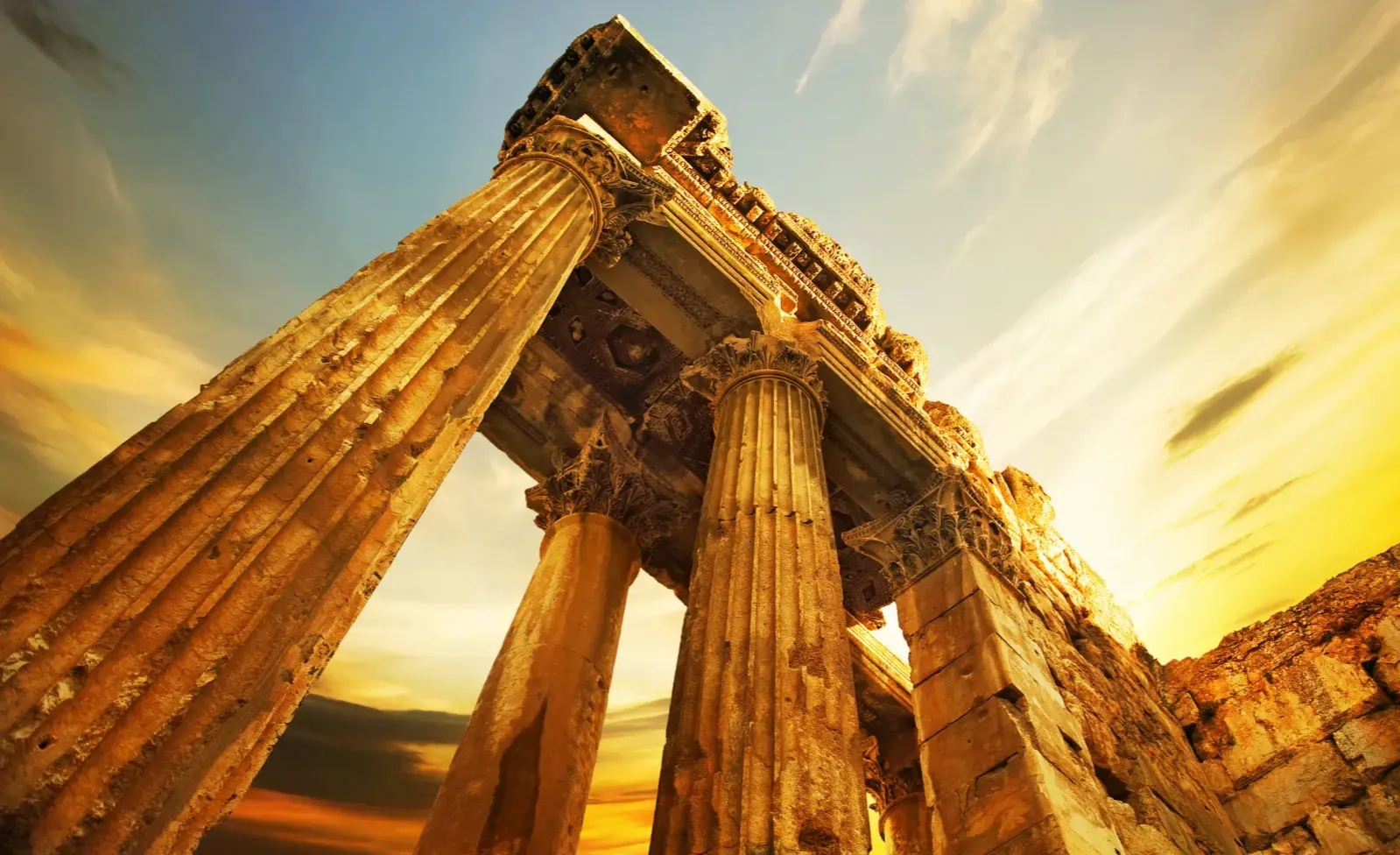





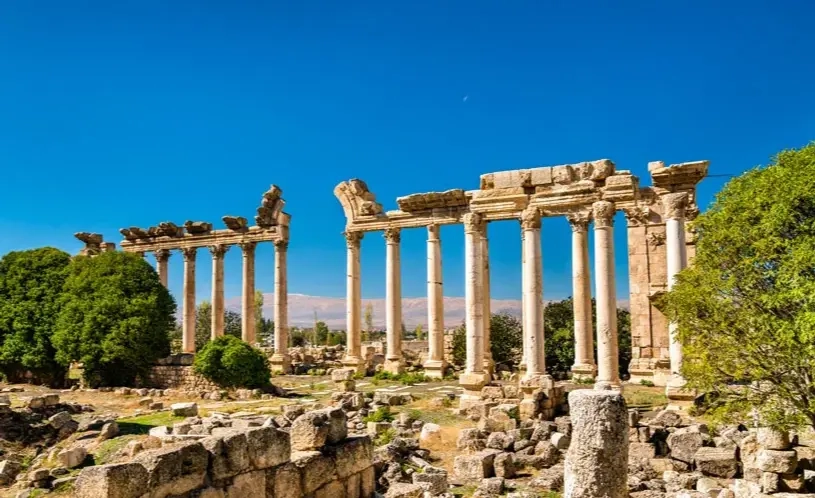
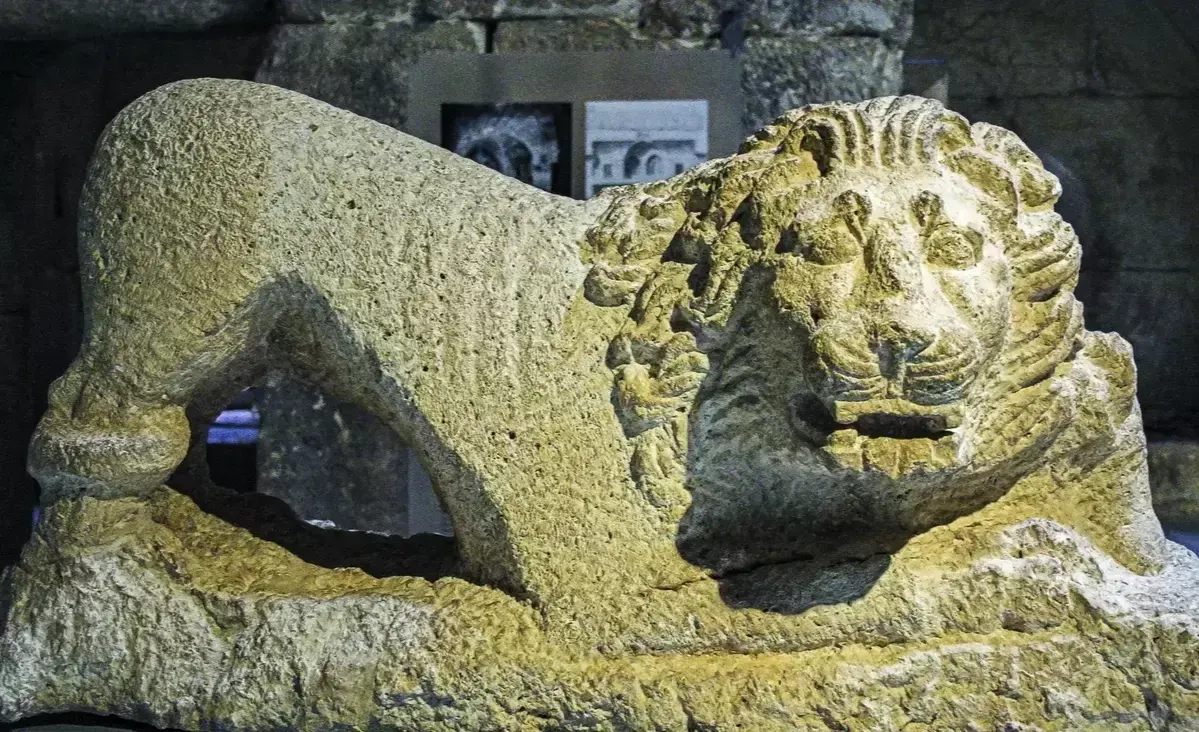
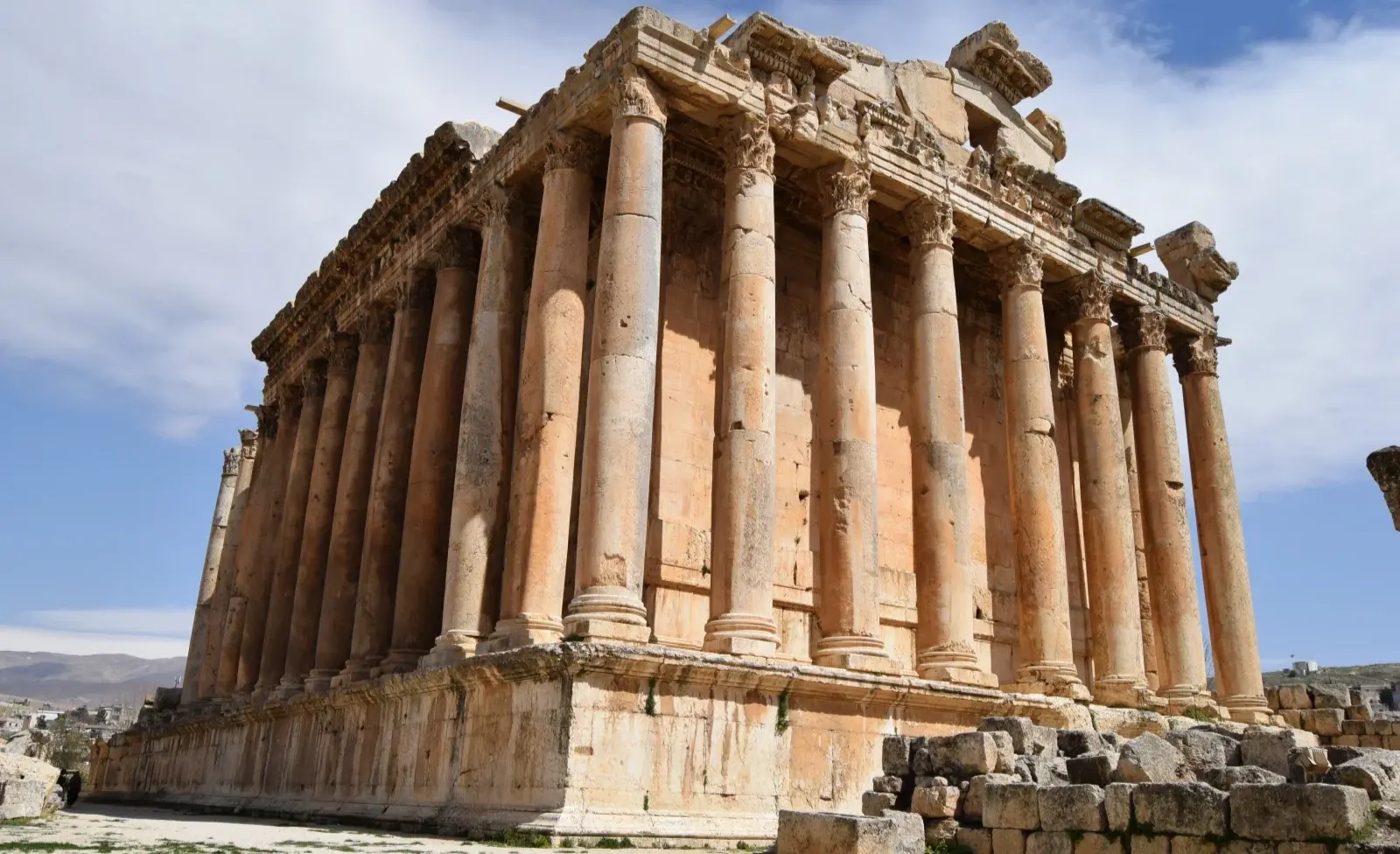

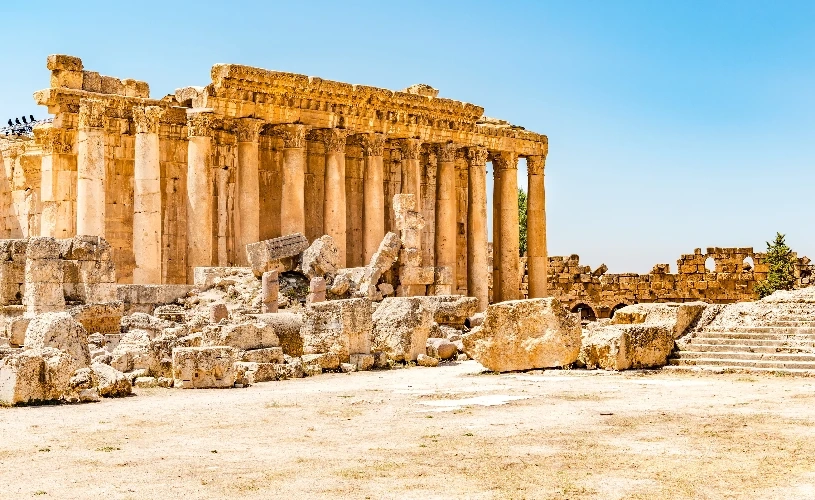
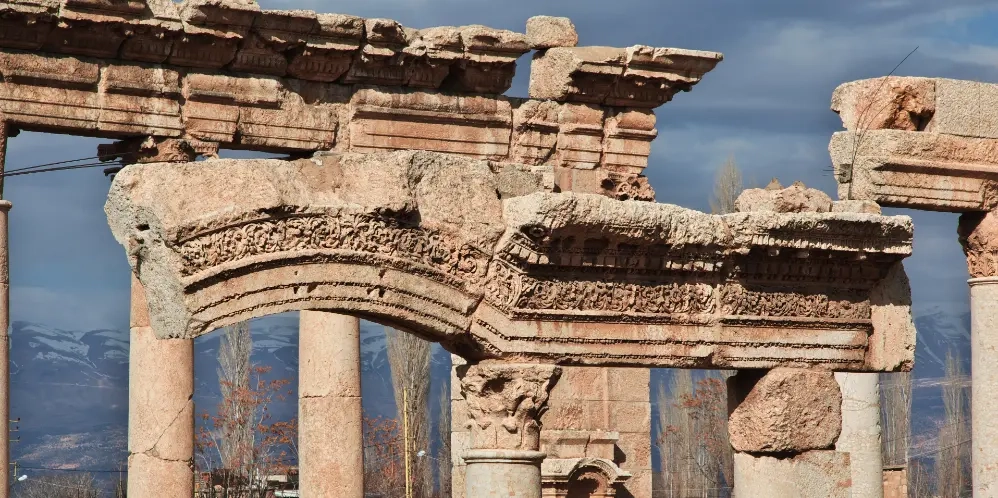




HomeWIKIMOOVCulture & Heritage Leaflet

Baalbek Tunnel Complex

Baalbek Imperial Baths

Baalbek Site Museum

Temple of Bacchus

Guided tour of Baalbek - Gods and Empires

Baalbek, from the Jurd to the Roman temples

Baalbek – Temples of gods and the memory of man

Explore Baalbek Temples & Ksara Caves
Art & CultureBlogOut & AboutIndulgeThe Great OutdoorsA Word from the ExpertsHeritagePersonalized tripWIKIMOOVExperiencesEventsTrailsFind a GuideMagazineCraft & Local ProductsCulture & HeritageFood & DrinksAccommodationLeisure & EntertainmentNatureOutdoor Activities CentersReligious sitesSnow Activities CentersFamous & useful placesWater Activities CenterWellbeingBusiness PlatformJoin MOOVTOOBecome a MOOVTOO guideBecome a MOOVTOO HostI've read and I accept MOOVTOO's Privacy and Cookie Policy What is MOOVTOO ?PartnersContact usFAQLegal MentionsData Protection PolicyTerms and Conditions
What is MOOVTOO ?PartnersContact usFAQLegal MentionsData Protection PolicyTerms and Conditions